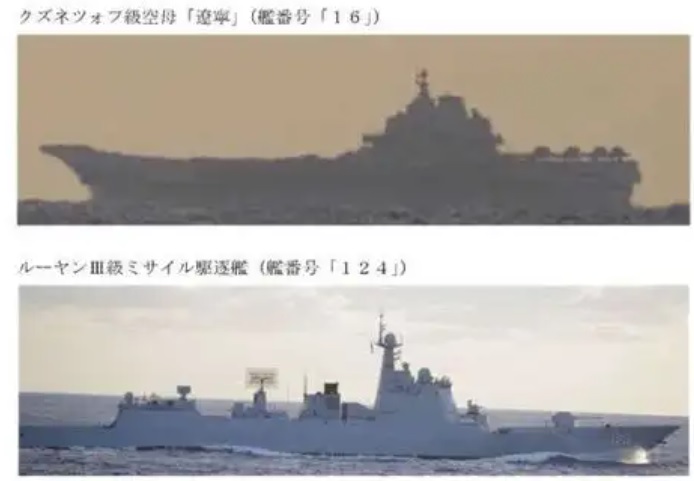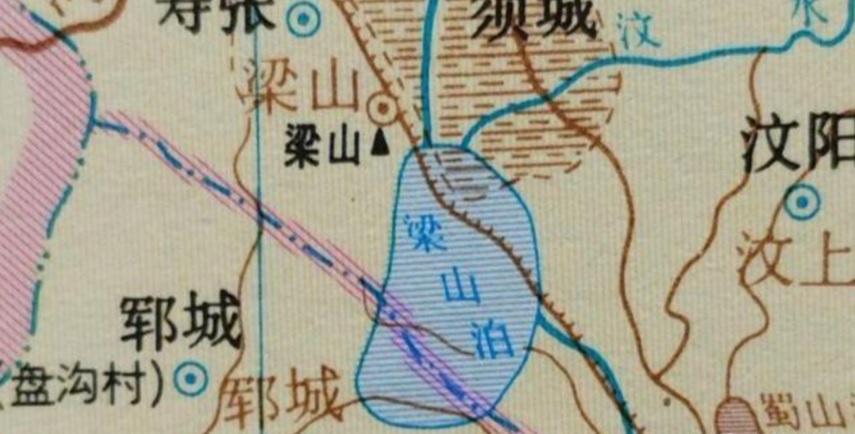In Journey to the West, to emphasize the difficulty of obtaining the true scriptures, Wu Cheng’en specifically introduced the premise that “eating Tang Sanzang’s flesh grants immortality.” This made the various demons along the pilgrimage path covet “Tang Sanzang’s flesh.”
Strangely, when discussing “how to eat Tang Sanzang’s flesh,” most demons are surprisingly unanimous in their opinion: Tang Sanzang’s flesh should be “steamed to eat.”
Wouldn’t methods like frying, deep-frying, stir-frying, boiling, or pickling be just as delicious?
Today, let’s delve into the thousand-year mystery behind “steaming Tang Sanzang”!
(1) Historical Origins: Steamed Cuisine, the Millennia-Old Wisdom of Chinese Diet
As early as 7000 years ago, ancient people used pottery steamers (zeng) to steam grains. During the Shang and Zhou dynasties, “steaming” became the mainstream cooking method for aristocratic banquets. The record “蒸畀祖妣” (zheng bi zu bi – steaming offerings for ancestors) in the Book of Songs (Shijing) confirms the important status of steamed dishes in sacrificial rituals.
By the Northern Wei Dynasty, the Essential Techniques for the Welfare of the People (Qimin Yaoshu) documented dozens of steamed dishes – even bear paws were steamed.
In the Tang Dynasty Shaowei Banquet Menu (Shaowei Yan Shidan), steamed dishes accounted for 30%; the Song Dynasty Simple Offerings of Mountain Dwellers (Shanjia Qinggong) advocated “qingzheng” (清蒸 – clear steaming) to preserve the natural flavor of ingredients.
Wu Cheng’en lived during the Ming Dynasty, a time when the Huaiyang cuisine was renowned for its “delicate, fresh, and balanced” flavors, and steaming methods were deeply ingrained in culinary culture.
As a native of Huai’an (the birthplace of Huaiyang cuisine), Wu Cheng’en’s daily diet centered around steaming. Naturally, the demons in his writings followed suit, “adopting local customs.”
Perhaps it wasn’t that the demons wanted to steam him, but rather that Old Master Wu only knew how to write about steaming!
(2) Literary Depth: The “Will of Heaven” and “Human Nature” Behind Steaming
Wu Cheng’en’s depiction of “steaming Tang Sanzang” conceals three layers of profound meaning:
- The Way of Ritual: Although demons are non-human creatures, they imitate human rituals. As stated in the Book of Rites (Liji), “cutting, cooking, frying, and harmonizing constitute the rites of food.” The steaming process requires gathering firewood, boiling water, and setting a banquet, resembling a solemn ceremony.
- A Strategy for Delay: In the original text, minor demons often remind others, “We must wait for an overcast day to steam him, for the flavor to develop properly.” This effectively buys time for Sun Wukong to find rescue. For instance, after capturing Tang Sanzang, the Golden Horned King (Jinjiao Dawang) insisted on “washing him clean and pickling him for three days.” This clearly shows the author’s clever use of the cooking process to advance the plot.
- A Sense of Reverence: The ancients believed that “immortals dine on wind and drink dew.” Demons dared not eat Tang Sanzang raw, aligning with the principle from the Compendium of Materia Medica (Bencao Gangmu) that “medicinal foods require processing” (yaoshi xu paozhi). Steaming demonstrates reverence for the identity of the “Holy Monk” (Sheng Seng) and careful consideration for the medicinal efficacy of the “immortal flesh” (xian rou).
A key detail in the original text (Chapter 77): when the three demons of Lion Camel Ridge (Shituo Ling) discuss cooking methods, the Roc Demon (Dapeng Jing) insists, “He must be steamed!” and explains: “If boiled or fried, I fear profane air (zhuoqi) might contaminate his immortal body (xian ti).” This shows the demons also had considerable knowledge of “health preservation” (yangsheng).
(3) Health Mystique: Steaming Tang Sanzang, the Demons’ “Great Health Preservation Method”
Did you think the demons only sought immortality? Actually, steaming offered these additional benefits:
- Locks in Nutrients: Steaming uses water vapor, making it gentle and non-drying. It maximizes the preservation of the ingredient’s original flavor and avoids high temperatures destroying the “immortality components” (bulao chengfen) in Tang Sanzang’s flesh.
- Protects the Spleen & Stomach: The Ming Dynasty medical text Eight Treatises on Cherishing Life (Zunsheng Bajian) emphasized that “steamed food benefits the spleen” (zhengshi li pi). The demons also knew deep-frying easily causes weight gain (after all, cultivating for a thousand years wasn’t easy!). Steaming was the preferred method for dietary therapy and health preservation (shiliao yangsheng).
- Supreme Texture: Tang Sanzang is described as a “plump and fair-skinned monk” (bai pang heshang), with tender and juicy flesh. Steaming results in “fullness of juices” (zhishui baoman), perfectly embodying the famous line from A Bite of China: “The highest quality ingredients require only the simplest cooking methods.”
If modern people wish to learn the demons’ “steaming for health preservation,” they can refer to the “Three Steaming Methods” (san zheng fa) from the Qing Dynasty’s Records on Nourishing Life (Yangxiao Lu): Steam grains in the morning to nourish the spleen/stomach; steam seasonal vegetables at noon to clear heart-fire; steam fresh fish in the evening to nourish the liver/kidneys.
This act of “steaming Tang Sanzang” boils down the demons’ obsession with immortality, yet simmers within it the millennia-old wisdom found in the earthly realm.
As Suiyuan’s Menu (Suiyuan Shidan) states: “In cooking things to perfection, the timing of the flames (huohou) is paramount.” Just like the intrigue of “steaming Tang Sanzang”: if the timing is not right, the tribulations are not complete; when the timing is perfect, the true scriptures are attained.





Needed help with my account and got onto iplwin888contact. The customer service was great and helpful. Quickest and least painful support experience I’ve had in ages. Good job!